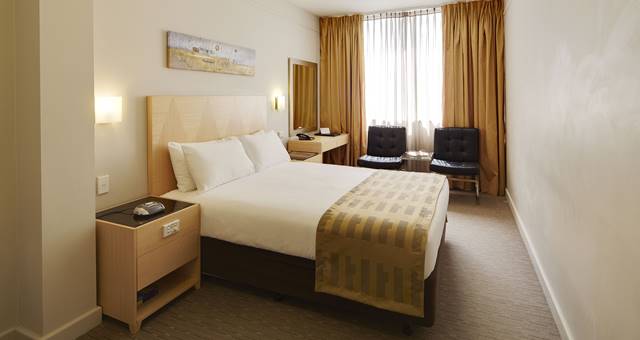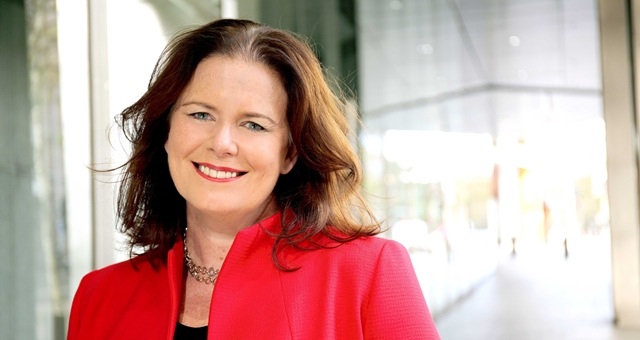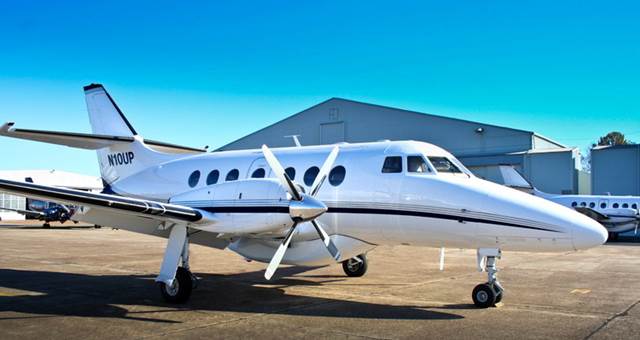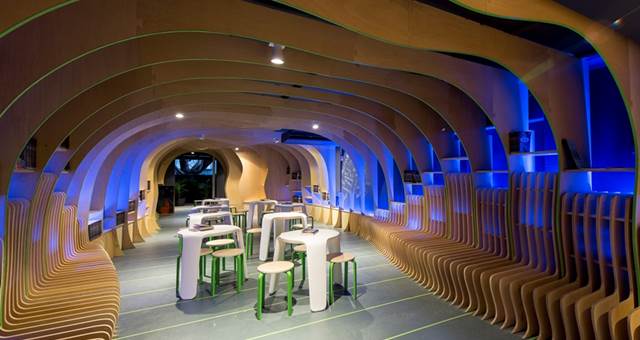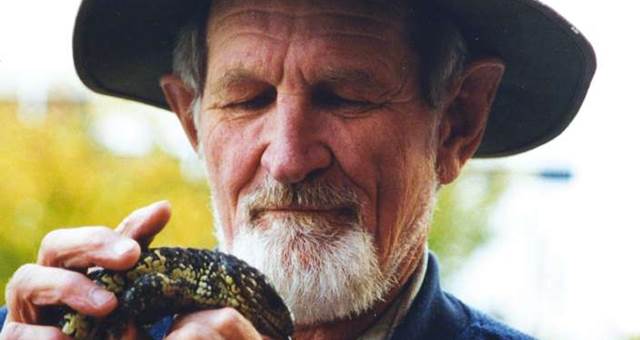
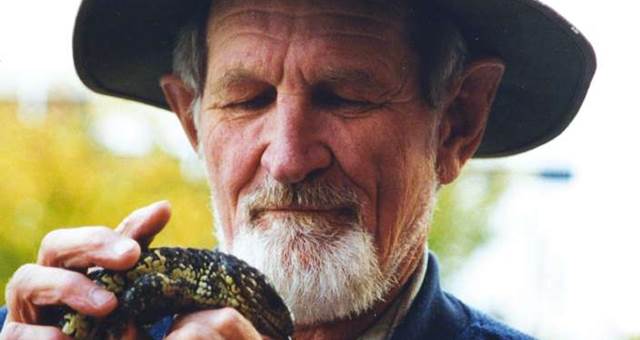
A new $17.6 million facility opened in south-eastern Perth on Sunday.
The new centre, named after naturalist and environmental consultant Dr Harry Butler AO CBE, houses over 2.5 million wet-preserved specimens.
Culture and the Arts minister John Day unveiled the $17.6 million facility located at the WA Museum’s Collections and Research Centre in Welshpool, acknowledging the significant contribution Dr Butler made to the museum.
“Harry was one of Australia’s best known naturalists who played a major role in the public awareness and conservation of our unique natural environment for more than 50 years,” Day said.
“What is perhaps not as well-known are his decades of association with the WA Museum involving education, fieldwork collecting, advocacy and financial support.
“2016 marks the 40th year of the Butler Bequest, which enables the museum to conduct fieldwork and collect specimens that augment the research collections,” he said.
The Harry Butler Research Centre is the first element of the new museum project, and is critical to support the development of the state’s new museum, to be built in the Perth Cultural Centre and scheduled to open in 2020.
“The centre will further bolster Western Australian science, supporting important research to help us understand our environment and better manage conservation, biodiversity, biosecurity, agriculture and a wide range of other industries. The new museum will provide new opportunities for people from all walks of life to contribute to this research and help secure WA’s future for generations to come,” said Day.
The Welshpool facility has about 10 kilometres of purpose-built shelving which houses more than 2.5 million alcohol-preserved specimens. Among these are 2,500 unique and irreplaceable original type specimens used to describe new species of animals. These include the commercially valuable western rock lobster, the Dampier Peninsula goanna; the smallest goanna species in the world, and the Ruby seadragon, which was discovered in 2015 and is only the third species of seadragon ever recorded.
“This very important collection includes remarkable scientific discoveries that were made here in WA, and include many specimens collected by Harry Butler,” Day said.
“There are also several species in the collection actually named after him. These include a black scorpion discovered by Harry in the Pilbara called Urodacus butleri, the highly venomous spotted mulga snake Pseudechis butleri, and the rare Butler’s Dunnart Sminthopsis butleri, which is a small mouse-sized mammal discovered by him in 1965, and a threatened species.”
The new museum in the Perth Cultural Centre will showcase objects, stories and specimens from across the State, including examples of the diverse animals and minerals found in WA.
It will include behind-the-scenes stories of how scientists find, describe and protect new species, with visitors able to participate in related science research and activities.
“The Harry Butler Research Centre will ensure the State’s collection is preserved for future generations and will provide unparalleled access to specimens for ongoing research, as well as new content development for the new museum,” the Minister said.
The State Government has committed $428.3 million to the new museum project.
